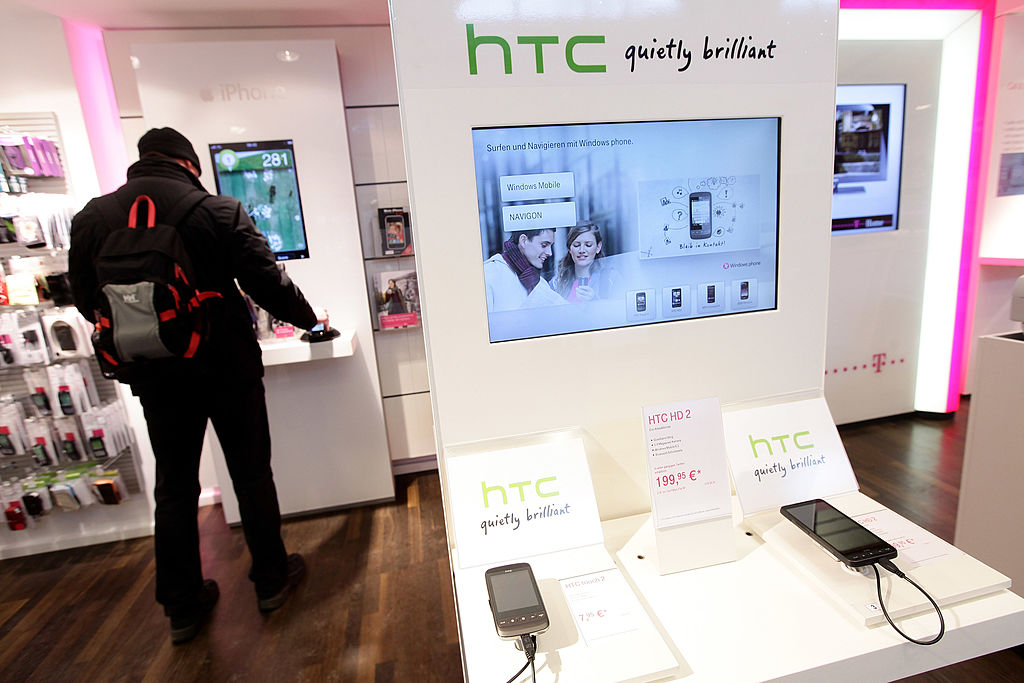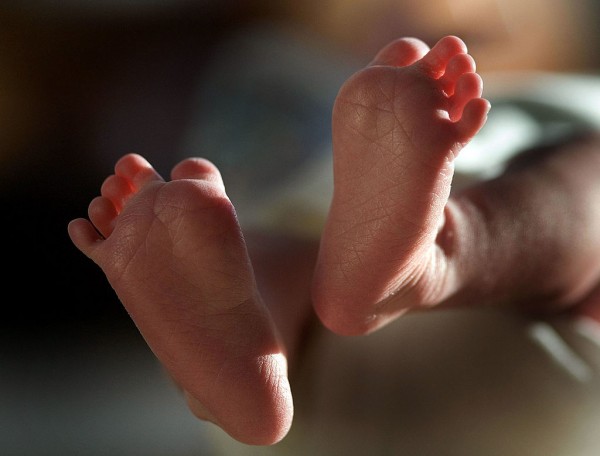Skin Contact Post-Birth Reduces Infant Deaths by up to 36%
| Vanessa Francisco | | Jan 06, 2016 03:38 AM EST |
The researchers found out that there is a 36 percent reduction in mortality and 47 percent reduction in major infection in babies who weighed less than two kilograms when skin contact is present.
A new study by researchers at Harvard T.H. Chan School of Public Health and Boston Children's Hospital has revealed that skin-to-skin contact reduces deaths of infants with low birth weight. These infants are vulnerable, especially during their first month, and researchers encourage skin contact or kangaroo mother care (KMC). Health experts say that mothers in developing countries, which do not have advanced conventional treatments, will likely rejoice about these finding.
Like Us on Facebook
The researchers studied 124 cases published from 2000 to 2014 and looked at skin contact as a KMC component. They also included studies on breastfeeding. The researchers found out that there is a 36 percent reduction in mortality and 47 percent reduction in major infection in babies who weighed less than two kilograms when skin contact is present.
Infants, who received one hour of post-birth skin-to-skin contact, were found to be less stressed and their heart and breathing rates were more stable. These babies digested their food better and cried less. A mother's warm skin can prevent the baby from cooling down, which is a huge health risk. It can also let the baby pick up friendly bacteria, which can help prevent infections. Like other mammals, a new baby's instinct is to be in close contact with his or her mother or father.
Researchers say that mothers also benefit from KMC in that it decreases their stress level. It showed an improved overall experience in the Neonatal Intensive Care Unit (NICU). KMC reportedly gives newborns higher levels of oxygen, head circumference growth and lower pain measures.
Four million babies die during their first month around the world every year. Incubators and other health technologies can improve the chances of infants at a high risk, but developing countries may not have such equipment. 99 percent of neonatal deaths happen in such countries because of the lack of facilities.
Tagskangaroo mother care, Benefits of Baby Skin-Contact, Skin-Contact Underweight Babies, Natal Care, baby
©2015 Chinatopix All rights reserved. Do not reproduce without permission
 Things You Should Know About 2016 Year of the Fire Monkey
Things You Should Know About 2016 Year of the Fire Monkey HTC One M10: Speculated Release Date, Features and Price
HTC One M10: Speculated Release Date, Features and Price Huawei Nexus 6P: Android 6.0.1 Marshmallow Update with Emoji Power
Huawei Nexus 6P: Android 6.0.1 Marshmallow Update with Emoji Power 2016 Microsoft Surface Book vs. Surface Pro 4 vs. MacBook Pro: Which One to Buy for Christmas?
2016 Microsoft Surface Book vs. Surface Pro 4 vs. MacBook Pro: Which One to Buy for Christmas? GTA 5 Online: Save Millions of GTA Money Through Mystery Vehicle and DLC Item Discounts
GTA 5 Online: Save Millions of GTA Money Through Mystery Vehicle and DLC Item Discounts
EDITOR'S PICKS
-

Did the Trump administration just announce plans for a trade war with ‘hostile’ China and Russia?
-

US Senate passes Taiwan travel bill slammed by China
-

As Yan Sihong’s family grieves, here are other Chinese students who went missing abroad. Some have never been found
-

Beijing blasts Western critics who ‘smear China’ with the term sharp power
-

China Envoy Seeks to Defuse Tensions With U.S. as a Trade War Brews
-

Singapore's Deputy PM Provides Bitcoin Vote of Confidence Amid China's Blanket Bans
-

China warns investors over risks in overseas virtual currency trading
-

Chinese government most trustworthy: survey
-

Kashima Antlers On Course For Back-To-Back Titles
MOST POPULAR
LATEST NEWS
Zhou Yongkang: China's Former Security Chief Sentenced to Life in Prison

China's former Chief of the Ministry of Public Security, Zhou Yongkang, has been given a life sentence after he was found guilty of abusing his office, bribery and deliberately ... Full Article
TRENDING STORY

China Pork Prices Expected to Stabilize As The Supplies Recover

Elephone P9000 Smartphone is now on Sale on Amazon India

There's a Big Chance Cliffhangers Won't Still Be Resolved When Grey's Anatomy Season 13 Returns

Supreme Court Ruled on Samsung vs Apple Dispute for Patent Infringement

Microsoft Surface Pro 5 Rumors and Release Date: What is the Latest?










